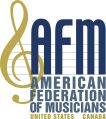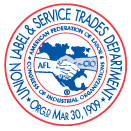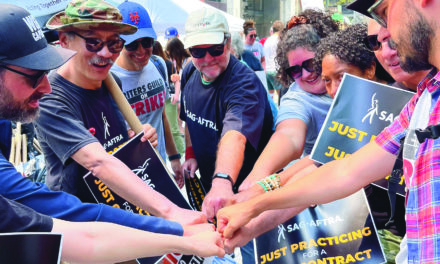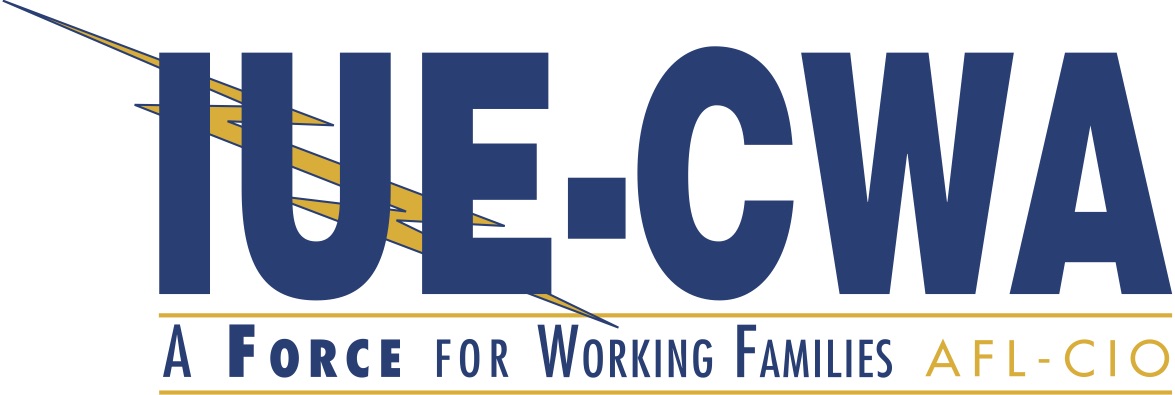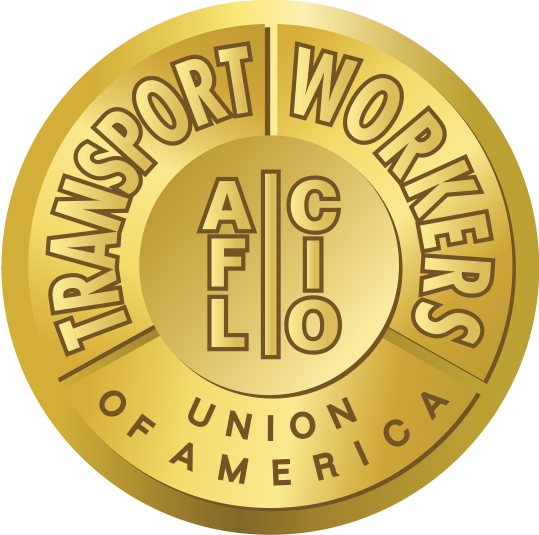In the mid-1800s musicians in the United States began exploring ways to improve their professional lives. They formed Mutual Aid Societies to provide members with loans, financial assistance during illness or extended unemployment and death benefits. A number of these organizations became early unions serving various constituencies, but problems arose between them due to competition. In 1896, delegates from these organizations gathered at the invitation of American Federation of Labor (AFL) President Samuel Gompers to organize and charter a musicians’ trade union. A majority of the delegates voted to form the American Federation of Musicians (AFM), representing 3,000 musicians nationally. They resolved: “That any musician who receives pay for his musical services, shall be considered a professional musician.” Within its first ten years, the AFM expanded to serve both the US and Canada, organized 424 Locals, and represented 45,000 musicians throughout North America.
Spotlight the label–American Federation of Musicians
